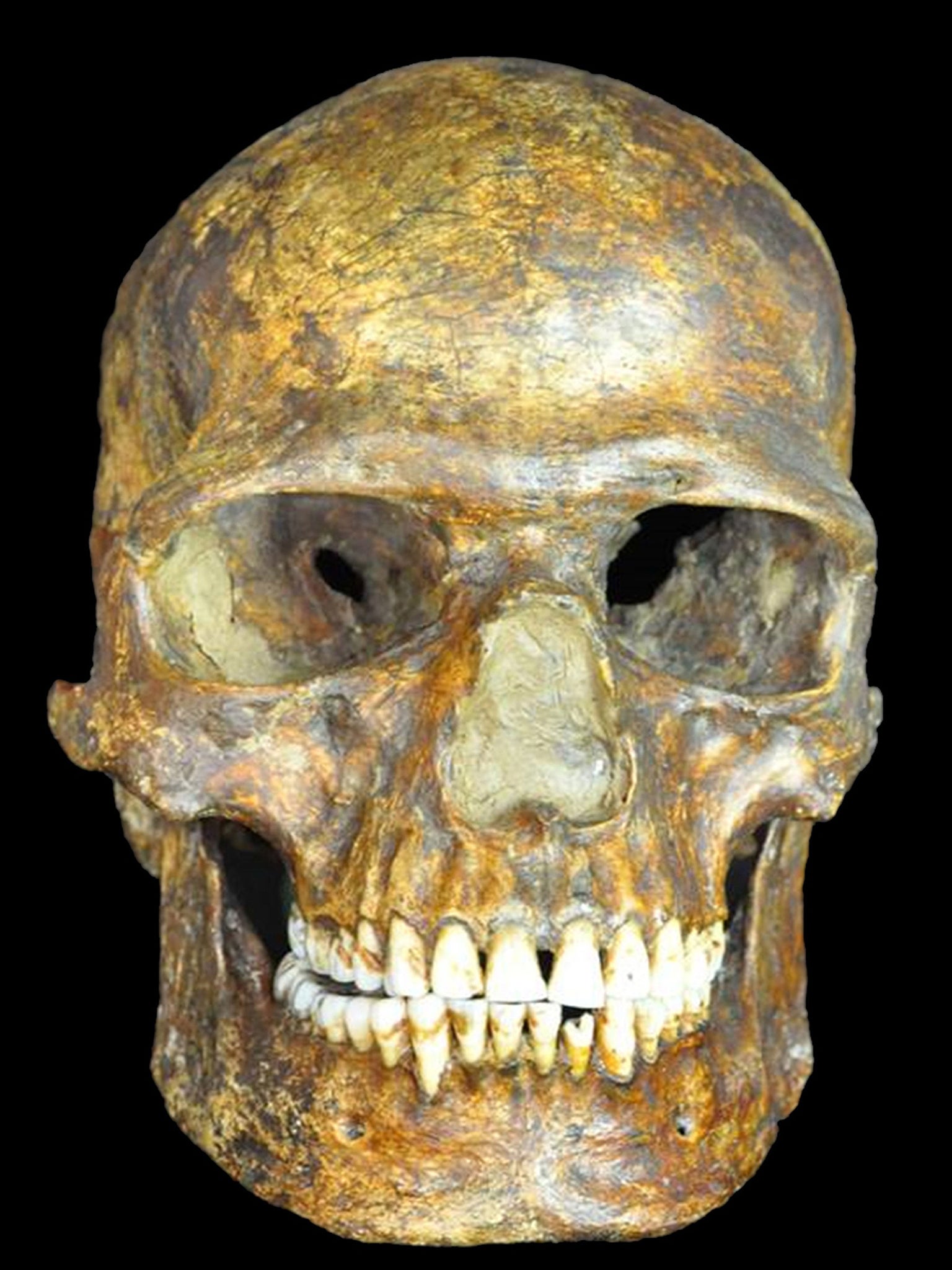DNA evidence proves that early humans survived the last Ice Age
Bones of Kostenki man, found in western Russia, are 37,000 years old

The earliest humans to live in Europe managed to survive the last Ice Age, a ferocious change in the climate that covered much of the continent in a thick layer of ice, a study has found.
Scientists analysing the genetic makeup of the fossilised bones of a man who lived about 37,000 years ago in what is now western Russia found that his DNA is similar to modern-day Europeans suggesting they have a longer, continuous history than previously supposed.
The fossilised shinbone was found at a Stone Age site near the village of Kostenki on the River Don, and the successful extraction and sequencing of the man’s DNA means it is now the second oldest complete genome for anatomically modern humans, Homo sapiens.
The findings, published in the journal Science, show that much of Europe was occupied more or less continuously through one of the worst periods in its history for severe climate change, researchers said.
“For 30,000 years ice sheets came and went, at one point covering two thirds of Europe. Old cultures died and new ones emerged over thousands of years, and the hunter-gatherer populations ebbed and flowed,” said Marta Mirazon Lahr of Cambridge University, one of the study’s co-authors.
“But we now know that no new sets of genes are coming in. These changes in survival and cultural kit are overlaid on the same biological background,” Dr Mirazon Laur said.
Hunting animals and gathering wild fruit and berries eventually gave way to a pastoral, farming culture that arrived in Europe from the Middle East about 8,000 years ago, and it was only then that the structure of the European population began to change significantly, the researchers said.
The DNA of Kostenki man was similar to that of a 24,000-year-old boy found in central Siberia, European hunter-gatherers of the Mesolithiic period about 10,000 years ago and people who live today in Siberia and some parts of Europe, the scientists found.
Join our commenting forum
Join thought-provoking conversations, follow other Independent readers and see their replies
Comments